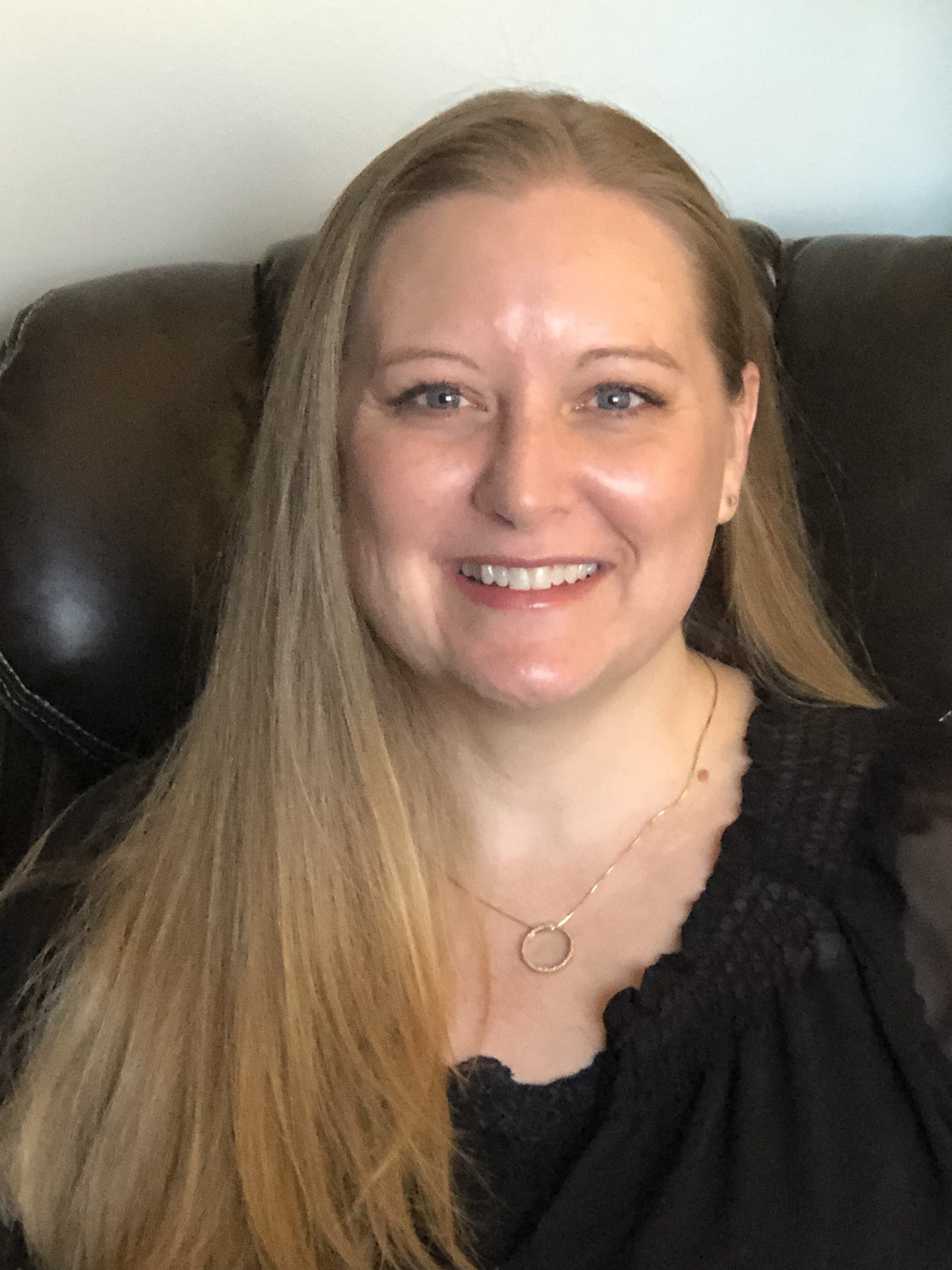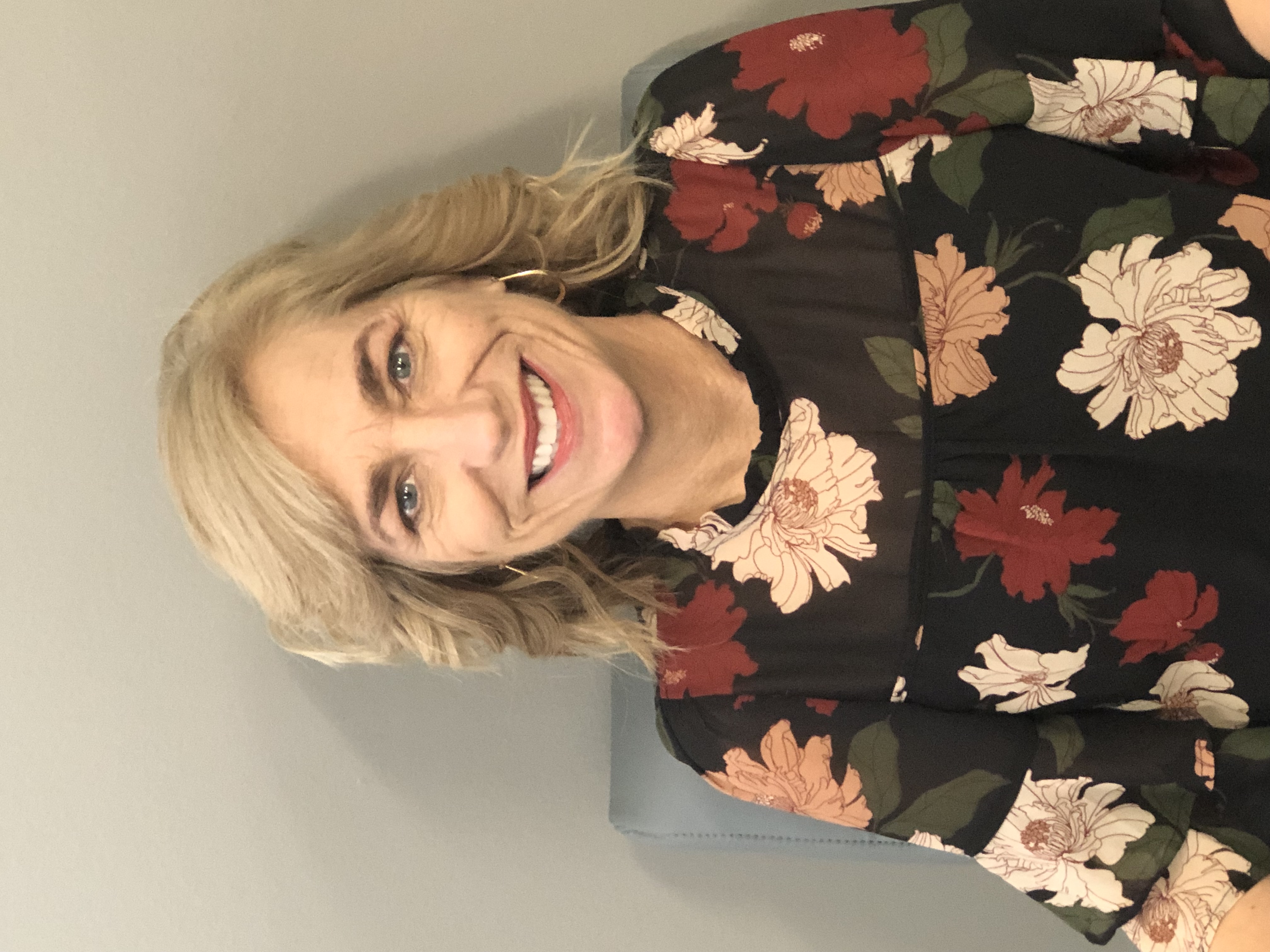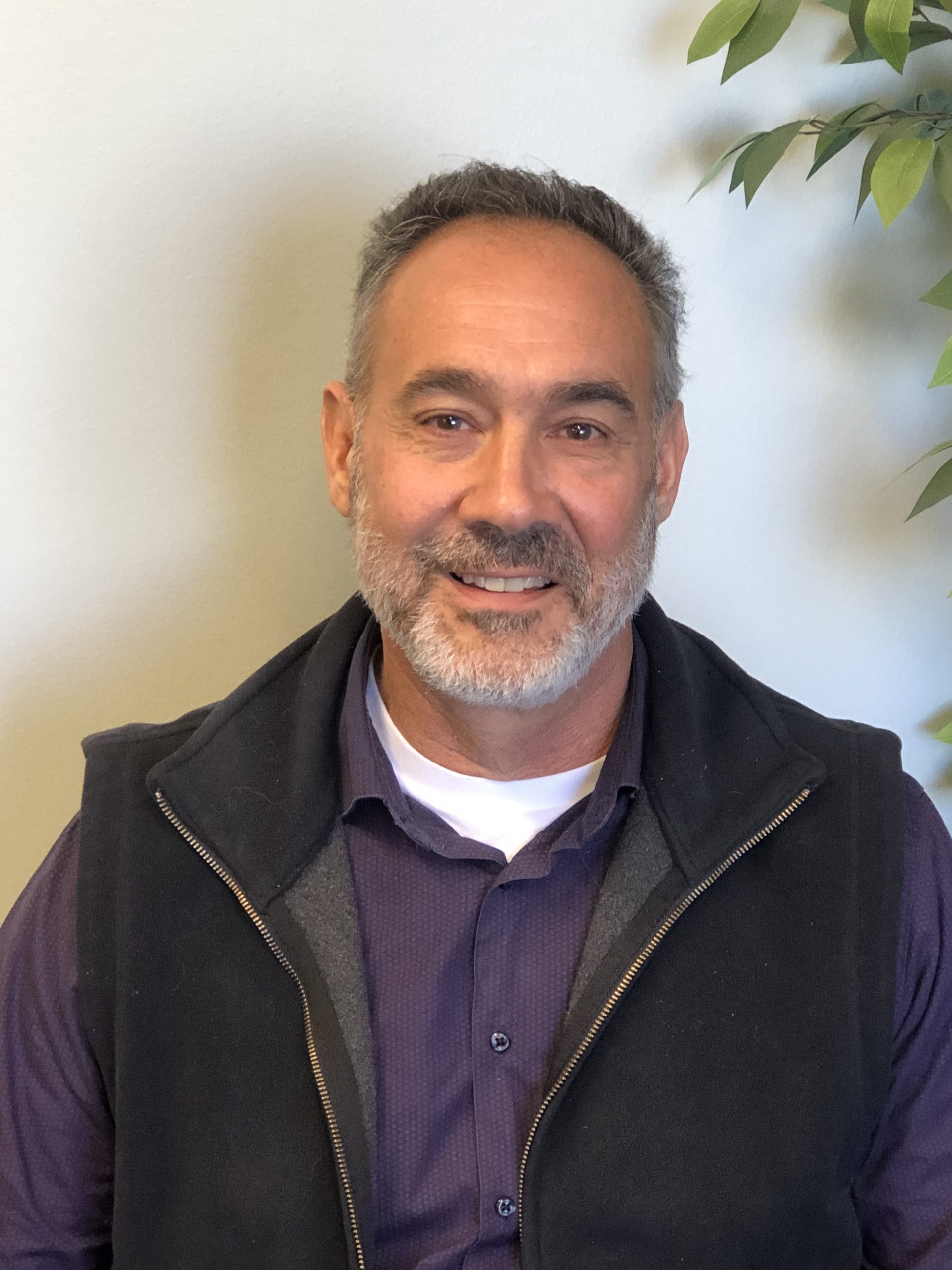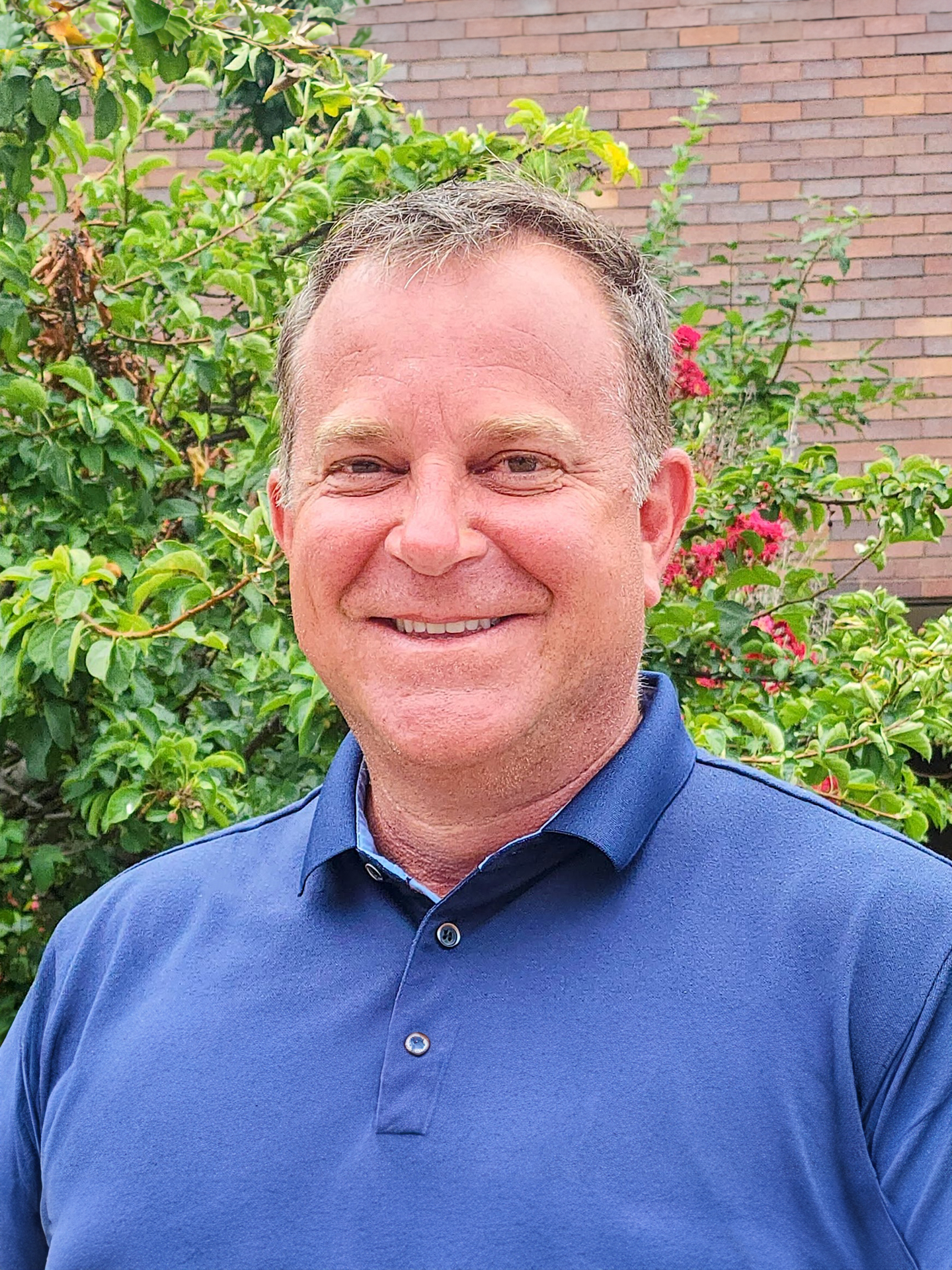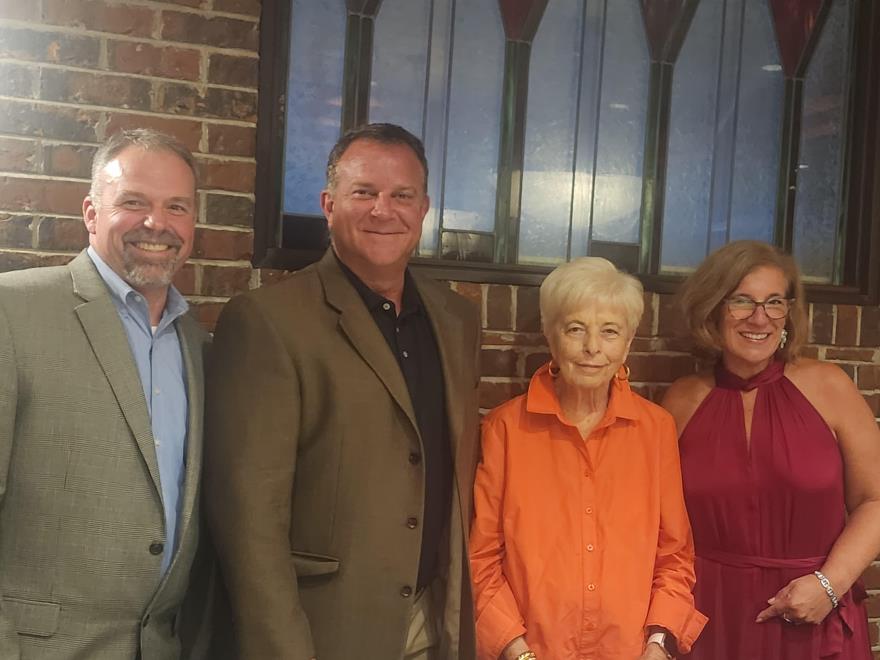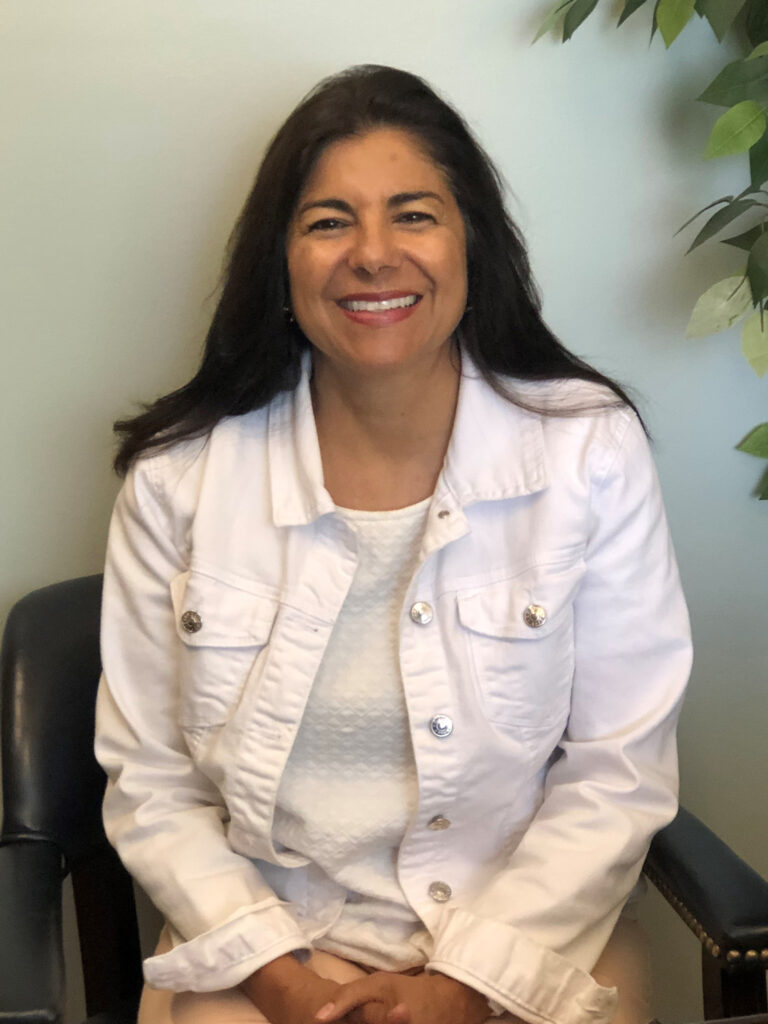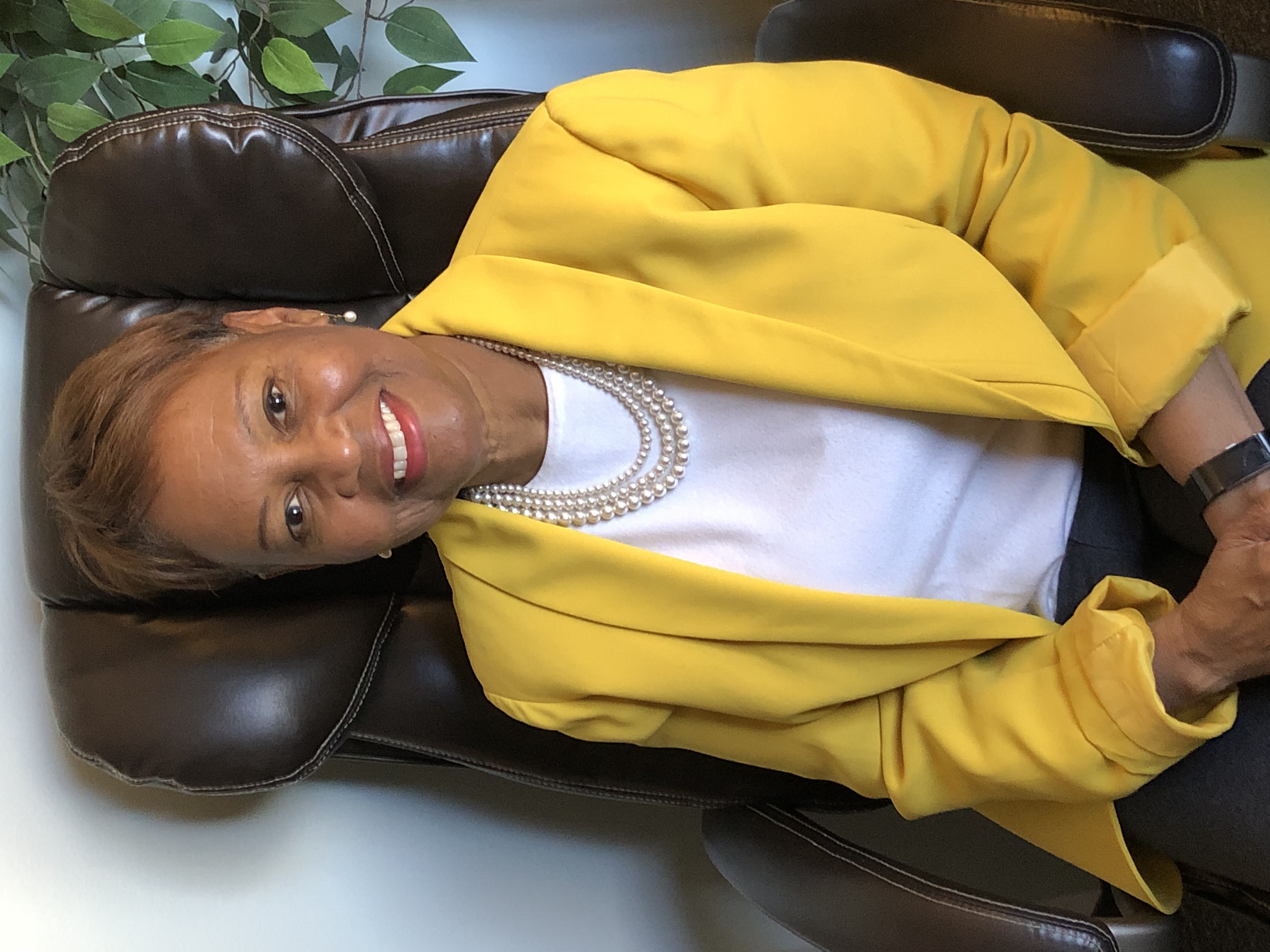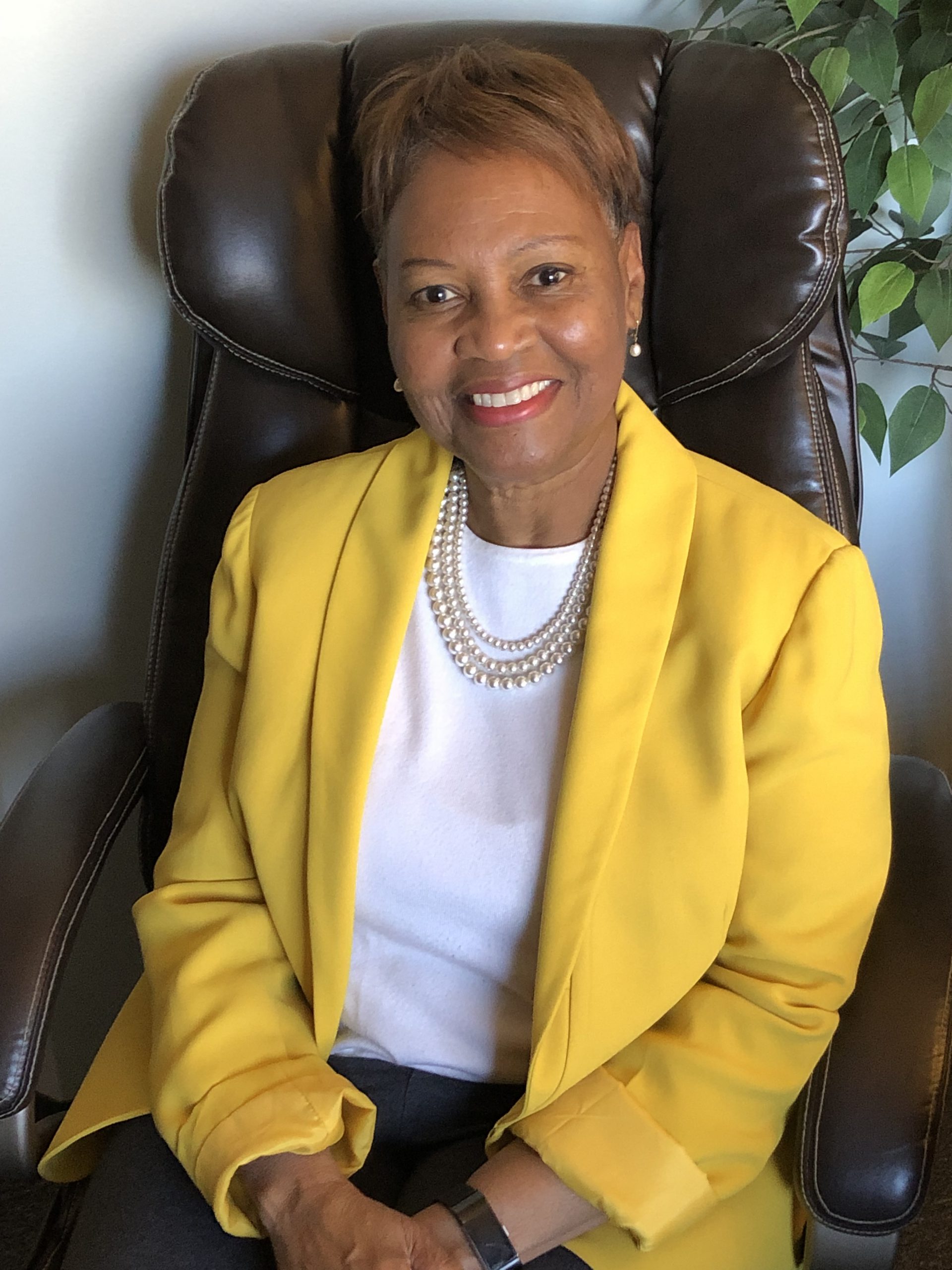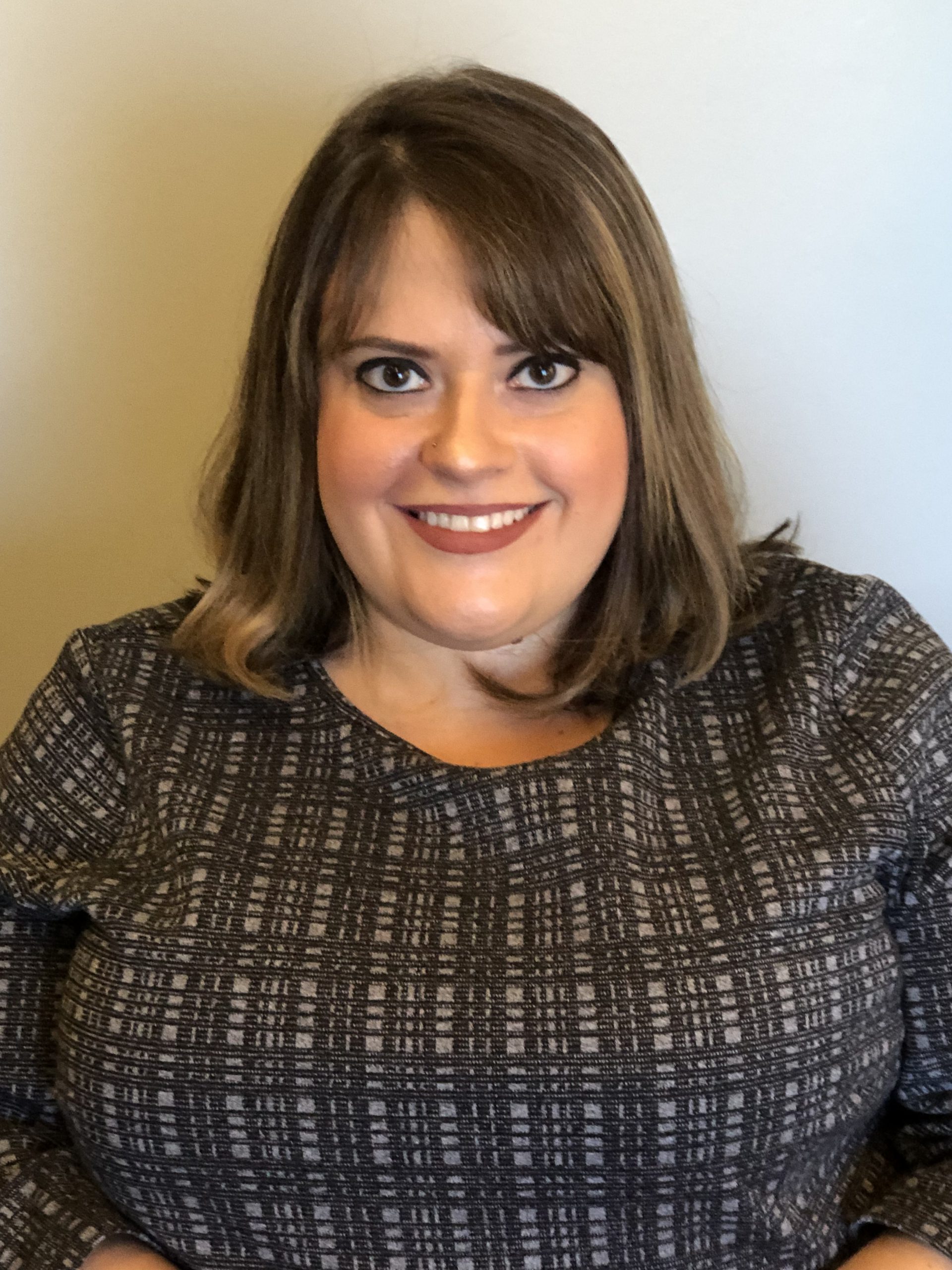
Our Spring, 2025 newsletter includes articles about listening to your inner voice, managing transitions, avoiding hindsight bias, overcoming loneliness, helping your angry child, and a list of school professional development opportunities for 2025-2026.
- Parting Words: Listening to Your Inner Voice , by Mary Fitzgibbons, Ph.D.
- Navigating Transitions Well, by Lauren Chacón, MSW, LMSW
- “Negative Hindsight Bias:” A Thief of Joy in Retirement, by Julia Covilli, MSW, LCSW
- Pathways to Connection: Overcoming Loneliness in Older Adults, By Amy Neu, MSW, LCSW
- My Angry Child: How Can I Help My Son or Daughter be Less Frustrated?, by Tina Murphy, M.A., L.P.C.
- Professional Development Available for Schools/Districts?
Parting Words: Listening to Your Inner Voice
Mary Fitzgibbons, Ph.D.
I’ve come to the realization that this will probably be my last newsletter article. I have been writing an article for most of the newsletters we have been composing for the last 25 years. I have never seen myself as a writer, and I’ve been incredibly grateful that others have sometimes said kind things about some of my articles. Recently, I have realized that, whether it was writing an article for others to read or in giving a presentation to a group of parents or teachers, I had something that I wanted to tell them – something that was important enough that I wanted them to hear.
One of the books I am most fond of was written in 1923 by Kahlil Gibran, entitled The Prophet. It was written in prose poetry and tells the story of the prophet Al Moustafa who has lived for twelve years in the city of Orphalese and now his ship is coming to take him home. He is stopped by a group of people who ask him to share his wisdom on varying topics such as Love, Marriage and Relationship, Joy and Sorrow, and Death. There are twenty-six brief chapters on various stages of life. What strongly appealed to me was that there was such wisdom in his descriptions – so much so that I changed my view of how I perceived many of these different stages. For example, in Love and Marriage, he advocates for both unity and individuality in the relationship. We don’t sacrifice ourselves in our relationships, but attempt a balance between being in the partnership and being one’s own person. To give oneself entirely to another is unhealthy. Work is seen as a means of self-expression and fulfillment, where we transcend labor to an act of love. And in regard to Joy and Sorrow, there is such a connectedness between the two that one can’t exist without the other.
In essence, Gibran encourages us find to our own inner wisdom. He says that the truth and guidance that we search for is truly within us, though most of us choose not to hear it. We don’t trust ourselves to know that what we feel may be the true path. We doubt and question ourselves. What I have also found was that the right path was also the harder path. It was not the easy way. I’ve often spoken to my clients about listening to the voice within us. What makes it so difficult is that we live in a world that distracts us. For example, whose advice would we be more likely to listen to? Ourselves, or a friend, or maybe all the voices that we hear coming from the media? Others’ opinions carry much more weight than ours. We question ourselves, we doubt ourselves. We don’t trust ourselves. We disregard what we hear inside ourselves. What we hear is not clear. It is often the confused words of others.
The other behavior that I believe deters us from hearing this voice is our reliance on the “should’s” and “have to’s” when making a decision. In most cases, “I should” and “I have to” come from what we assume others want from or for us. This does not allow us to have a clear picture of what we would choose, or more importantly, what we would want. It may be society’s perception of the right choice but, in essence, it may not be ours. In fact, what often happens is we put off making a decision because it is not really our decision. It’s what others expect out of us.
I found that to better hear this inner voice we need to have a sense of what WE want. We need to ask ourselves the question of what specifically we would choose that would be in our best interest in the long run. The key words in the previous sentence are the “long run.” For example, eating an ice cream cone may be desirable in the short run, but eating three cones in a row would not be desirable in the long run. Or, delaying paying bills may feel good in the short run, but can become very problematic in the long run. We must not be afraid to make distinct choices for ourselves. Some would say that this sounds extremely self-centered. Asking ourselves what is best for us is not selfish. It is coming to know oneself and directing one’s own life but not at the expense of another. There are other ways to connect with our inner voice:
- Spend time regularly sitting in silence. Rid yourself of the extraneous voices, whether they be others’ or your own.
- On a daily basis, be aware of the choices you make. Be deliberate in your choosing. Know what you want and know what you don’t want.
- Be aware of your emotions. They tell us what is going on within us. Remember, feelings, such as anger, are healthy aspects of ourselves. It is not experiencing an emotion that may create a problem, but in how we express our emotions.
- Our bodies also give us information as to what we are feeling. When you are experiencing an emotion, be aware of where you may be feeling it in your body. If your chest tightens when you are upset, you know that your feelings are legitimate. Your inner voice communicates through physical sensations like tension or stress.
- Journaling can be very helpful. Writing freely your thoughts, feelings, and experiences, without self-editing, can be very revealing in terms of listening to what is going on inside of you.
I do believe that we all have an inner wisdom. The truth that we seek is within us. I believe that I have been fortunate in hearing this voice. What I realized was that while it was not the easier way of living, it was the better way. It has led to a more fulfilling way of life.

Mary Fitzgibbons, Ph.D. I am a licensed psychologist and the Director of West County Psychological Associates (WCPA). I began this practice in 1986, after having worked in education for twenty years. Previously, I had been an elementary teacher, and then a counselor and Guidance Director at Lafayette High School.
Because of my familiarity with working in schools, WCPA began working extensively with numbers of schools in the form of training and consulting with administrators and teachers through Care Teams, doing presentations for parents, and consulting with various business and educational groups. I have also taught counseling/psychology classes at Webster University, Fontbonne University, the University of Colorado, and the University of San Francisco.
One of the great joys of my life has been being able to practice therapy in a way that I believe has long-lasting and effective results. I believe that a good therapist never stops learning. I also believe that the efficacy of therapy comes from the relationship between the therapist and the client. The therapeutic relationship is the basis of what creates change. I have thoroughly enjoyed working with pre-adolescents, adolescents, adults, seniors, and couples. My hope is that this work has been helpful to my clients. I am fortunate in that it has also given me great satisfaction.
Navigating Transitions Well
Lauren Chacón, MSW, LMSW
Our lives are filled with transitions: enrolling in a new school, moving to college, starting a relationship, ending a relationship, job changes, retiring, becoming parents, becoming empty nesters, moving homes, getting sick, losing a loved one and more. One of the reasons transitions, whether big or small, can be so challenging is because they force us to confront change. It is important, then, to find healthy ways to cope with change and adopt strategies to navigate transitions more effectively.
A client of mine, a senior in high school who was enrolling in a college located hours away from home, once asked me, “How do I know my family will be ok when I leave? … How do I know I will be ok so far away?” It was the first time someone in their family was moving that far from home, and, as with any kind of transition, it was filled with uncertainties. In fact, these uncertainties began to consume their thoughts, so that the idea of this new life stage could no longer be exciting — but became frightening and paralyzing. How did we move from debilitating fear to resilience, confidence, and hope? We identified and processed emotions, brought awareness to personal needs, learned how to communicate their needs assertively, and developed the integral internal belief that they were capable of handling the uncertainties that could arise throughout and after the transition.
As we work through life changes, here are some ways we can take an active role in managing them:
- Identify and process emotions. However you process your emotions, such as engaging in mindfulness, journaling, or talking with a good friend, ask yourself: what feelings, sensations, and emotions do I notice in my body as this transition comes to mind? Your answer might change based on the time of day, your location, what you were doing before this reflection. It could be beneficial to write them down and explore your findings with a trusted loved one or mental health professional.
- Communicate openly. Things can get stressful when navigating change and it can be difficult to share personal needs. Maintain healthy relationships by engaging in honest and open communication. Assertively communicate your needs during these changes in ways that are both clear and respectful. Consider using “I” statements rather than “you” statements and make time to ask questions. For instance, if you feel as though you are often the one to have to make major decisions in your relationship, you can say, “I’m feeling alone in this decision-making process. I really appreciate hearing your preferences on the matter. Can you share with me your thoughts?” In addition to sharing your needs, practice listening to the needs of others through active listening. You can do this by being present through your body language and with empathetic responses.
- Enhance self-efficacy. As humans, we often overestimate the risk that change brings and underestimate our ability to cope with change. This causes anxiety. When our minds spiral or jump to the worst conclusion, it is important to identify personal strengths and remember past times we have overcome hardship. Building up our belief in our own ability to handle difficult situations can ease the overwhelming nature of change. We can increase self-efficacy by creating a list of personal strengths, remembering specific situations in which we overcame hardships, and by continuing to do things that challenge us.
- Accepting limits. During times of change, it is natural to want to take as much control as possible over the situation. However, there are limitations to what is and is not within our control. Accepting that which is not in our control can be arduous and often takes time. Practicing mindfulness techniques, focusing on what is within our control, peer support or connections (affiliated groups, support groups, etc.), and therapy can all be ways to work toward accepting the limitations of our role in a situation.
essing emotions, improving communication skills, promoting self-efficacy, or working through the limitations of control, we can help you at West County Psychological Associates.

Lauren Chacón, MSW, LMSW previously worked in non-profit outpatient, hospital-based intensive outpatient, and university settings, navigating the complexities of providing therapy to individuals and families of various cultures and backgrounds. Her passion lies in working with adolescents and adults, guiding them through the complexities of transformative life stages and empowering clients to explore and heal from within.
“Negative Hindsight Bias:” A Thief of Joy in Retirement
Julia Covilli, MSW, LCSW

For most of us, retirement is an integral transition into a new stage of life, at which point we tend to spend considerable time reflecting on our lives and the choices we made that have led us to this period. Reflecting on our past during any transitional time can be intense, but it can be the most impactful during retirement – since for some of us it feels like we hit our peak during the middle adult years, and retirement is the beginning of our story’s natural conclusion. Some of us approach and experience this transition with excitement, feeling a sense of accomplishment and preparedness to enter the next stage of life. Others face retirement with anxiety and despair, feeling as though they did not do what they had intended to with their lives and experiencing many regrets. While there are many practical skills that can be helpful in adjusting to retirement, one skill that can play a major role in reducing regret is ignoring Negative Hindsight Bias.
Hindsight Bias is simply the belief that something from our past was more predictable than it actually was, but Negative Hindsight Bias is when we review our past with information we have learned from our later experiences and then become judgmental about the choices we originally made. This typically turns into self-defeating criticisms that make us feel increasingly regretful and frustrated with ourselves.
Upon entering retirement, Negative Hindsight Bias may look like reviewing our professional career, seeing moments in which we did not advocate for ourselves, leading us not to advance professionally as we feel we should have. Rather than consider that we may not have had the experience to know how to self-advocate, or did not have the resources to take such risks at that time, we simply label those moments in time as failures on our part – leading to regrets, anxieties, and depression. Or, our Negative Hindsight Bias may focus on having taken considerable time to develop a professional career, that took time away from our families and other relationships, sometimes leading to estrangement. We may fail to consider the societal or financial pressures we faced at the time, to work longer hours to better provide for our families.
Conversely, for those who either chose or felt obligated to choose homemaking as their career, retirement and Negative Hindsight Bias might look very different. These individuals often move from the role of responsible child who cares for their siblings, to the loving parent who cares for their children, to the admirable adult child who cares for their aging parents. If retirement is the action of leaving one’s job and ceasing to work, these individuals may work from older childhood until old age without ever getting an opportunity to truly retire. Negative Hindsight Bias may lead these people to feel like they have not done enough with their lives, they did not leave a legacy of awards and accolades, or they did not meet their full professional potential as adults. They may not take into account all the long-lasting, positive effects they have had on their families and possibly their neighborhoods, churches, and communities. Negative Hindsight Bias can lead some of us to devalue our impacts, often leading to regrets, anxieties, and disappointment in our later years.
If, instead, we review our pasts taking into account the contexts and available resources we had at the time when we made our choices, we are often softer with ourselves and are more understanding and empathetic to our perceived mistakes. For some, this looks like simple self-reflection with kindness and forgiveness at the forefront of our thinking. Within a mindful, spiritual, or therapeutic space, this may be a more “tangible” practice, in which one imagines speaking to the self from the past, listening to how their past self felt in that moment, and giving them the advice and encouragement they wish they had received at that time. Engaging in intentional forms of self-compassion can make us feel less intimidated about the future, knowing that we can learn from our past and develop ourselves even into our later stages of life. Retirement for many may feel like an end, but it is only the beginning of a new stage of life in which one can thrive.
Pathways to Connection: Overcoming Loneliness in Older Adults
Amy Neu, MSW, LCSW

I recently had the opportunity to present the first of several seminars this year on Loneliness with The Senior Learning Institute. It was an incredible opportunity for older adults in the community to come together, learn, and meet others who share a mutual interest in lifelong learning. Questions that we discussed included, “What is loneliness?” “How can we feel more connected?” and “What are steps we can take (as individuals) to enjoy a more connected life?”
Loneliness is something that many of us experience at different stages in life, but as we age, being lonely can be especially overwhelming. As physical limitations, health concerns, or a smaller social network compound, it can feel difficult to connect and find meaningful relationships. It is important to remember that loneliness is not a permanent state—there are steps we can take to combat it, and that journey begins with kindness, patience, and small, compassionate actions. Below are several tips for taking steps to combat loneliness:
Foster Meaningful Connections—Even If They Start Small For many of us when we feel lonely, the idea of engaging in social activities may feel daunting. It is helpful to remember that meaningful connections do not always have to involve large social gatherings or frequent outings. Often, it is about creating small, consistent moments of connection. These connections will look different for each of us. Some examples to get us started are making a weekly phone call with a friend or relative, asking the clerk at the grocery store about their day, or waving to a neighbor as they walk or drive past.
Engage in Activities That Bring Purpose Loneliness feels even heavier when we do not feel a sense of purpose. For many older adults, it can be easy to feel “out of the loop,” or that their contributions no longer matter. Engaging in meaningful activities that align with our values—whether it’s volunteering, creating art, or sharing experiences through writing—helps foster a sense of connection to the world around us. A sense of purpose can help alleviate feelings of loneliness and remind us that we DO have valuable contributions to make.
Reach Out and Be Open to Others Reaching Out Often, we hesitate to take the first step in reaching out when we are experiencing loneliness. We feel more vulnerable, less certain, and fear that the possible rejection of another could make us feel even worse. When we notice these negative thoughts, we can remember that other people are also looking for and craving connection. Whether it is offering to help a neighbor with a small task or sending a quick text to a family member, small gestures create ripple effects. Just as importantly, when others reach out to us, it is meaningful for us to be open to their offer of companionship or support. These connections build and can provide a sense of warmth and community that counteracts isolation.
Practice Self-Compassion Loneliness can sometimes feel like a judgment—an indication that something is “wrong” with us. But remember, it is a shared human experience. It is essential that we give ourselves the grace to feel lonely when needed, and trust that, with time, the ability to connect will grow. Self-compassion is a powerful tool that can soothe and help us take those necessary first steps toward reaching out to others.
Sometimes, the burden of loneliness requires a little extra support. Therapy is a wonderful setting to process feelings of isolation and receive guidance on how to create more fulfilling social connections. If you or someone you know is struggling with loneliness, don’t hesitate to reach out to our therapists at West County Psychological Associates for support.
Loneliness is a powerful human experience, especially as we age and experience life transitions. By acknowledging loneliness, taking small steps to reconnect, and seeking support when needed, we can move through it and create a more meaningful, connected life. There are people and resources ready to help, and there is hope for building a richer future.
My Angry Child: How Can I Help My Son or Daughter be Less Frustrated?
Tina Murphy, M.A., L.P.C.
Anger is one of the most basic, universal, human emotions. We can feel it just as we feel happiness, sadness, anxiety, or disgust. Anger is rooted in the primal brain, that has been programmed for “fight, flight, or freeze.” It has been honed since the beginning of time for human survival.
While anger is a normal emotion, and sometimes it’s okay to be angry, the key is how we handle anger and learn from it. One of the best ways we work with the experience of angry feelings may be to understand what our triggers are, what the anger is rooted in, and the consequences of it. We can then cultivate a path forward in managing it. If we as adults understand our own anger better, we might be able to model a more positive way of handling this emotion and help our children understand it.
In most cases, parents can help their kids understand their angry emotions and learn what to do next time they feel themselves starting to get frustrated. Here are a few strategies to try to teach BEFORE the volcano erupts! If a child can learn to catch and understand their feelings at the simmer point, it could help them learn to channel it in another way.
Help your child notice their body signals and talk about what they mean.
Notice the body signals and name the feelings. When you do that, it simultaneously builds self-management skills. “My face feels hot, it must mean I’m starting to get frustrated.”
Don’t brush over their emotions- even if it feels like the most inconsequential thing.
Join them in using language like, “I’m sorry you can’t find your favorite socks, let’s look for another pair together,” or “I hear that you’re upset about your favorite socks not being where you thought they were, let’s take a minute in the calm spot, then we can look for them.”
Practice breathing. Deep breathing can often calm and distract the angriest of children.
- The key is to make this a part of your daily routine, so a child is comfortable using this strategy. It can be fun to practice it together on the way to school in the morning or to model it to them when you’re feeling frustrated.
- Squeeze the Lemons- use breathing and a tension release strategy at the same time. Have them take a deep breath while pretending to “squeeze lemons” in their hands; “drop” the lemons when they release their breath.
- Get them active! Physical strategies such as jumping jacks, stretching, hopping in place are proven effective in helping young people learn to calm their brains and gain better control over their healthy behavior.
When they’re already upset, past the simmer point and on their way to a meltdown, this is NOT the time to talk.
They can barely hear you. Their body is in “fight, flight or freeze” mode. At this point the best strategy is to give the space to calm down and revisit what they can do next when they are calm enough to listen.
Understanding and working with your child to move toward healthy ways to release anger can help deal with everyday frustrations. If you are noticing that your child is continuing to struggle in a more chronic, destructive, aggressive pattern, seeking professional guidance or therapy may be a beneficial supplement to the above strategies.
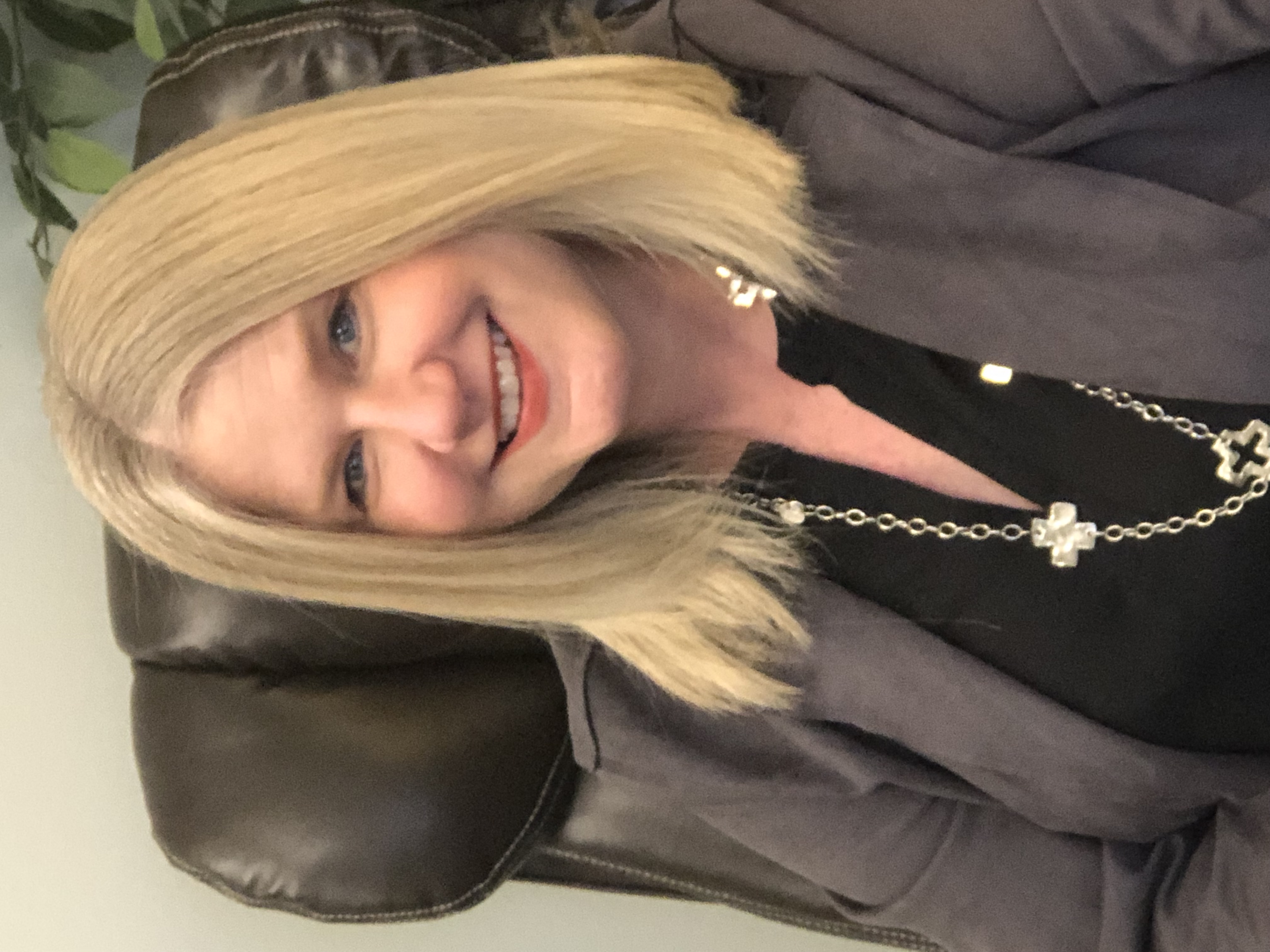
Tina Murphy, M.A., L.P.C. has over 25 years’ experience in working with children, adolescents, and families in a variety of settings. Providing private therapeutic services to children and adolescents is her passion! With each client, she looks forward to watching them learn coping skills and strategies and then apply them to their everyday life. She currently works with clients on a variety of issues, with a focus on anxiety and school-related issues.
Professional Development Available for Schools/Districts

Professional Development presentations are now being scheduled for the 2025-2026 school year. You may call the WCPA offices with questions or to schedule presentations, (314) 275-8599, or contact a WCPA presenter directly.
Presentations may be led in-person or online. Depending on topic, length of training can last from one hour to full-day workshops.
Available topics include:
- Anxiety in Students and Helpful School Responses
- School Anxiety, Avoidance, and Refusal
- Understanding Attention-Deficit/Hyperactivity Disorder (ADHD) and Helpful School Strategies
- Diversity and Inclusion topics
- “The Anxious Generation” by Jonathan Haidt ~ a book study for school professionals
- Increasing Cultural Competence
- Recognizing Blind Spots in Cultural Bias
- Using Healthy Professional Boundaries in the School
- Building a Culture of Collaboration among School Staff
- Dealing with Difficult Parents
- Recognizing and Responding to Students with Depression
- Stress Management and Anxiety Reduction Strategies for School Professionals
- Responding to Anxiety in Preschool-Age Students
Specialized training in suicide prevention:
- Youth Suicide Awareness and Prevention
- Suicide Risk Assessment in the School Setting
- Counseling Strategies and Safety Planning for Youth Suicide Prevention
- Suicide Postvention in the School Setting
